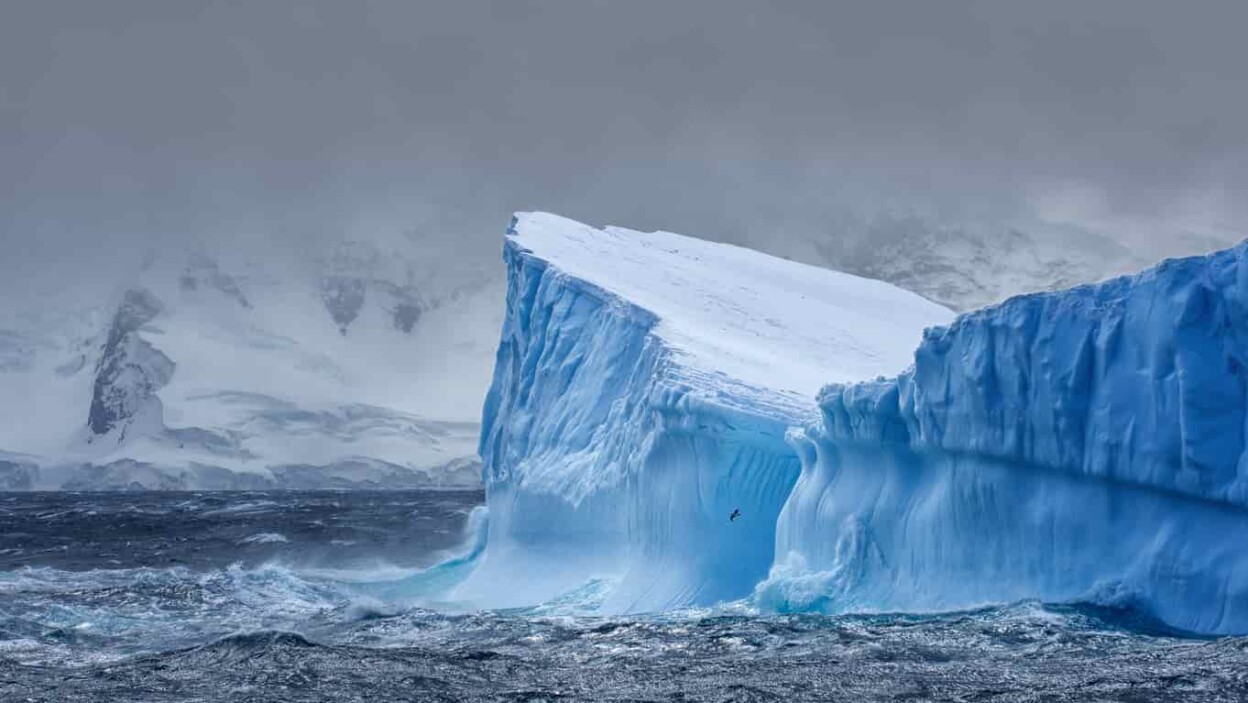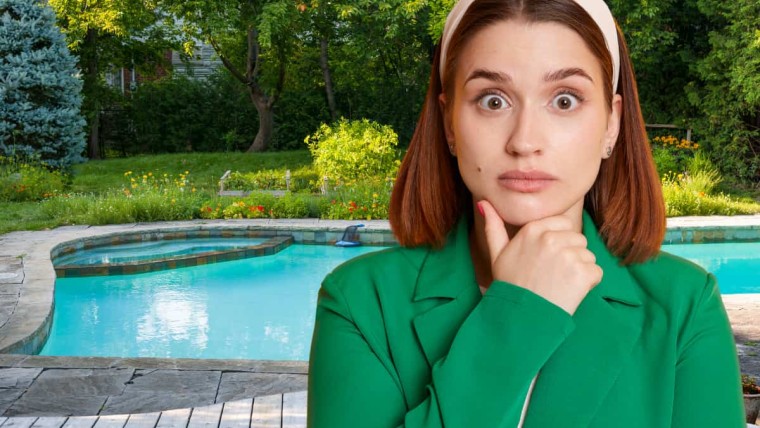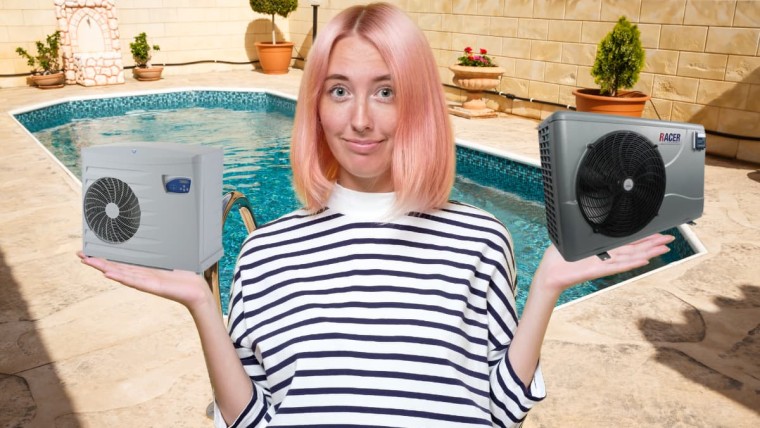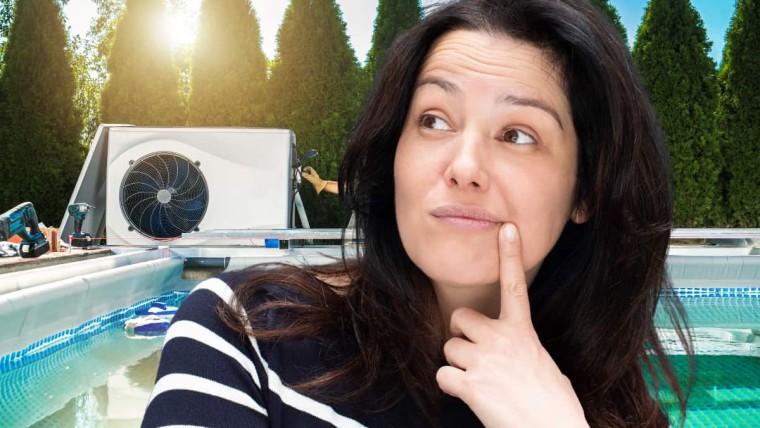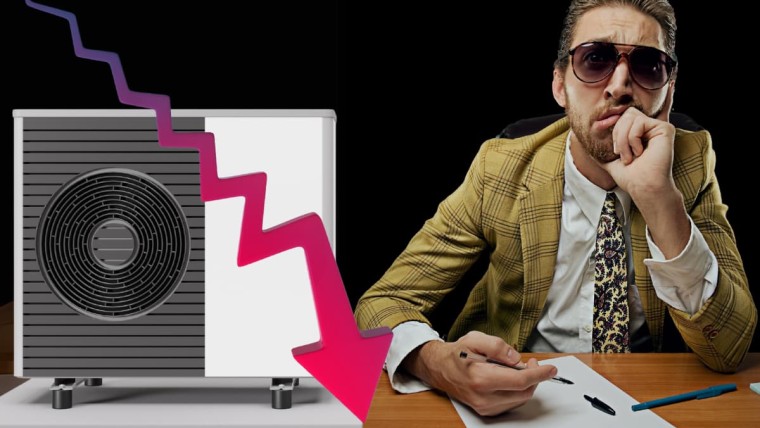When you understand the basic principle of the heat pump, and especially that of the air-to-water heat pump (the most common), you realize that the colder it is, the fewer calories there are to be recovered from the outside air, and therefore the less the heat pump is able to deliver the right amount of heating power without the help of an electrical backup.
What is the great cold in our latitudes?
First of all, we have to agree on what is the extreme cold in France, Switzerland, Belgium, in short in Western Europe, more or less continental, and for some regions more oceanic. But where it is most important is for regions with a continental climate.
Indeed, in these regions, the climate is known for its extremes (although less and less over the years of this century). It is rather very cold in winter, with temperatures that can reach between -5°C and -15°C or -20°C sometimes even lower, but rarely. We think in particular of Switzerland, Alsace, Haute Savoie, all the regions of the Alps, Nord Pas de Calais, etc.
The extreme cold is therefore peaks of negative temperatures, but it is also a phenomenon that settles on a certain duration. A week or several weeks, in some regions several months.
The extreme cold would be -10°C without interruption during 1 month for example. or -15°C during 2 weeks. It's a subjective definition, but it's what we usually imagine when we think about it. And then we say to ourselves that our heat pump is going to have a hard time, and that our electricity bill is going to explode because the auxiliary heating element is going to start up to ensure the set temperature.
In reality, we start talking about extreme cold (which happens every 30 years) when the temperature stays at -10°C for two weeks (look at this example in Switzerland in 2011/2012)
However, this is the kind of phenomenon that our brain fantasizes about. Indeed, if there can sometimes be temperature peaks, the data to observe is the average temperature over the winter months. If it is -20°C on two days, the auxiliary heating element will be activated on two days, but very often the temperature will rise again very quickly.
In fact, the current record of very cold weather in France, in the available records, is the winter of 1962 to 1963. And what is striking is that the temperature did not even go below 0°C on average. It was an average of 0.7°C over December + January + February. While normally we are around 5°C. Source
But rest assured, we're heading up, since in 2015 2016 we averaged 8°C over the winter.
How does the heat pump work in cold weather?
Air-water heat pumps are designed to capture energy from the calories in the outside air. The colder it is, the less energy there is, and the less energy they can release into the house's water system or domestic hot water.
Heat pumps are equipped with modern control systems that adjust the setpoint temperature. If the set temperature cannot be reached when the units are at maximum output, there are several solutions:
It is programmed a setpoint shift in case of extreme cold. For example, the owner accepts that the room temperature is up to 3°C below the requested set point if it is very cold. It is an ecological gesture (we take out the sweaters) and economic (we avoid the consumption of electricity via auxiliary resistance).
If this temperature drop is exceeded, an auxiliary heater is switched on to provide the necessary heating energy for the house. This means that the heat pump becomes a purely electric heating system for a short time.
This is not the reason to panic. In fact, as mentioned above, you should look at the average temperature over the winter months. And understand how many times your heater will turn on over the months.
Let's say that we are in the extreme case of an incredible cold weather of 1 month every day and that your 3kW resistance has to start every day 24h/24. we will consume 31*24*3 = 2232kWh on the month, that is to say at 21cts the kWh, a total expenditure of 468CHF that is distributed on the 12 months of the year approximately 40chf per month. And this more or less every 30 years, knowing that the climate is warming up. The other years, the resistance will never start globally, or in an anecdotal way.
Unless you make a mistake, if the resistor is ON by default...you'll pick up the biggest bill of your life, before you figure out what happened.
This whole resistance thing is only in the case of a so-called monovalent system, i.e. if you only have the heat pump to provide all the heating in the house. Sometimes there are bivalent systems, that is to say that a boiler comes in addition, or a stove, in order to make up for the lack of power of the heat pump during very cold weather.
Generally, heat pumps operate with correct coefficients of performance down to -7°C (for water heated to 35°C, in the case of underfloor heating), below which they deteriorate.
Learn more about heat pumps with these articles:
The consumption of a heat pump
Reasons to avoid the heat pump?

Julien G.
Juliena mechanical engineering graduate and specialist in climate engineering since 2009, has become a writer specializing in renewable energies, with expertise in heat pumps and photovoltaic solar panels for individual housing.
See all articles by this author
